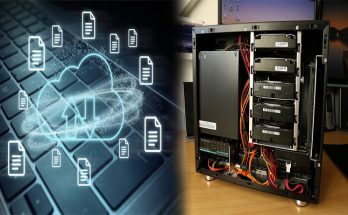 Your initial decision when it comes to servers is regardless of whether or not you really require one particular physically in your office. These days, it’s even much less so: the smallest servers can provide sensible sources for little firms for less than £200, and such devices take up less shelf space and electrical energy than the sachet-gobbling coffee machines found in MDs’ meeting rooms.
Your initial decision when it comes to servers is regardless of whether or not you really require one particular physically in your office. These days, it’s even much less so: the smallest servers can provide sensible sources for little firms for less than £200, and such devices take up less shelf space and electrical energy than the sachet-gobbling coffee machines found in MDs’ meeting rooms.
By not paying heed to how the server will be utilized, you could overpay or finish up with an underperformer. A chassis, ordinarily various feet high, can hold many servers on top of every other in slots. Aside from substantially dampening or even eliminating productivity-sapping equipment noise, obtaining a area for your server gear also gives the ability to secure IT equipment against casual theft or tampering. Servers are made to accommodate peak-versus typical-loads, so they are underutilized most of the time. Perfect for cooling an overheated rack enclosure or an equipment hot spot inside or outside a rack enclosure. If you want far more servers than will fit in a rack, you will be happier with a blade ecosystem.
Provided the present number of computer systems and users you have, plus the capability to grow as you move far more and more services and data onto your server, I’d hugely propose searching into a dual-socket server system, even if you only run a single processor for now.
Due to the fact rack servers are stacked closely collectively, they demand much more cooling than tower servers do. The fans in these servers can be rather loud, so you will normally require a devoted room and possibly a climate-control system ideally to maintain a full rack cool.
This has shown – whether you look at the breakthroughs in Windows Server 2012 or the leaps forward in usability created by the OpenBSD or Ubuntu distributions – that providing a software particular person a opportunity to sit and assume can let them to sort out user issues that previously seemed insuperable fixtures of daily life.




